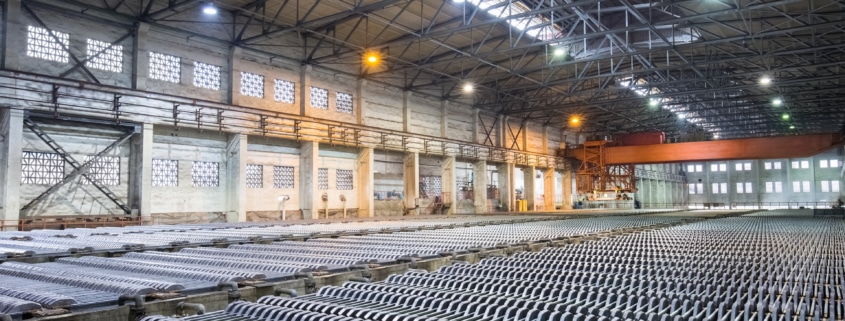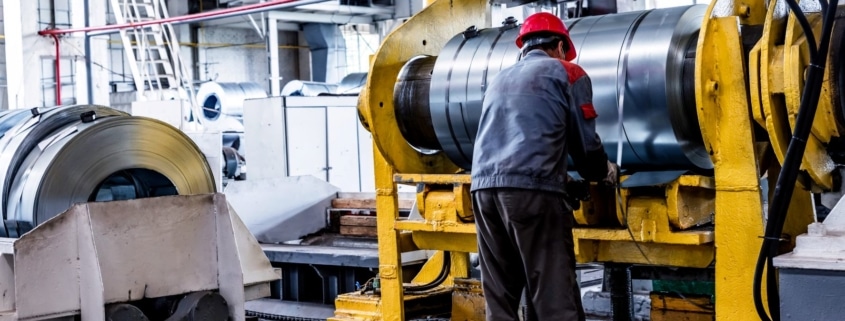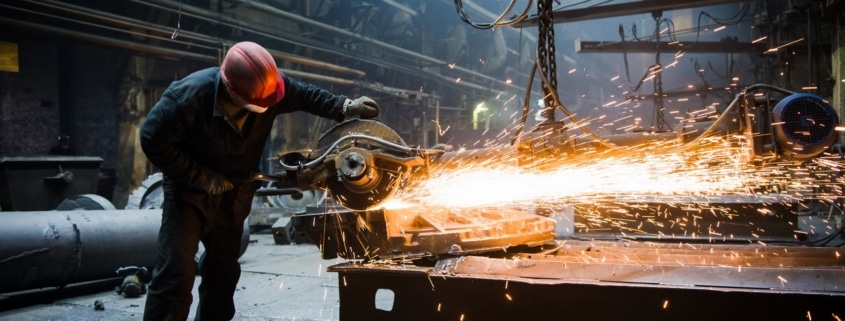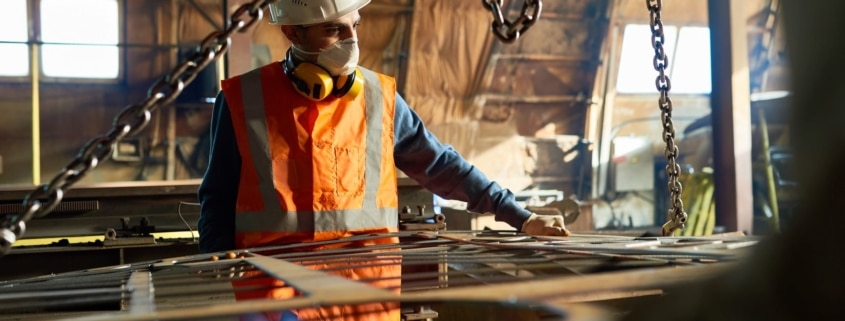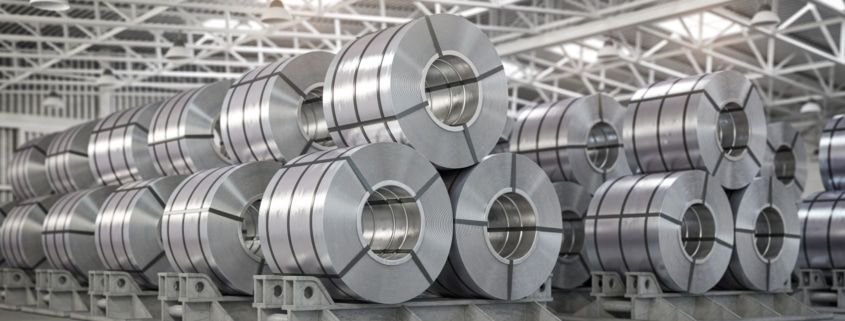Any modern architect working in the world today knows that the range of potential materials available for construction projects is larger than it ever has been, and likely to only increase over time. This brings us to zinc – a material that humanity has used in construction and architecture since approximately the 19th century.
While zinc has been in use in the world of architecture for well over a century, it hasn’t always been a popular or commonly used material, though its use is becoming more widespread in modern architectural projects. There are a variety of reasons for this rise in popularity, not least of which is the fact that zinc is a material that allows for a variety of unique shapes and structures in construction. It can be used for singular and visually fascinating designs, or more simply as an effective option for roofing or siding. Due to its flexibility, zinc should be a strong consideration for any architect interested in creating unique designs with custom metal fabrication.
But modern construction prioritizes more than aesthetics, as environmentally friendly construction becomes more and more in demand to accommodate both new regulations and independent green initiatives. This article will offer an overview of the key environmental considerations of zinc as a construction material.
Zinc Production
Let us first take a look at how zinc sheet is produced. This process breaks down into four basic steps:
Alloying is the initial step, where zinc ore is melted into liquid and combined with a carefully measured amount of alloying elements like copper, titanium, or aluminum.
Casting is the process where the liquid metal is poured into a casting machine and solidified in the form of a solid sheet of metal which is usually 12 millimeters thick and one meter wide. This carefully controlled process allows the machinery involved to produce a fine, homogenous grain structure in the metal.
Rolling involves passing the zinc sheet under heavy rolling machinery three to five times to reduce it to the desired thickness and cool the metal. Again, the process is carefully monitored and controlled to produce the desired mechanical properties in the material.
Slitting and packaging is the final stage involves cutting the now rolled zinc into either sheets or coils so it can be sold and used.
Environmental Benefits of Zinc
Zinc is an environmentally friendly option for construction and architecture. Its “green” benefits can generally be broken down into three categories – the production process, its effective lifetime as a construction material, and its recyclability.
Production:
Like nearly all construction materials, zinc must be extracted from the Earth with mining technology and techniques. However, zinc does offer an ecological advantage over other similar materials. Due to its lower melting point, less energy is required to process zinc ore into a metal, needing only around half of the heat energy needed to produce copper or steel, and only 25% of the energy needed for aluminum. Likewise, the amount of zinc present in the earth has seen no appreciable decline in the history of its use as a production material.
Lifetime Duration:
Zinc offers another distinct ecological advantage in its longevity. When processed into its pure form used in construction, zinc develops a thin outer layer (or “patina”) over its surface which protects the metal from environmental forces such wind or rain. This patina can also protect the metal from scratches or other forms of direct physical harm, as it is self-healing, preserving its aesthetic and durability.
These characteristics make zinc a popular choice in a variety of architectural needs, but especially as roofing and wall cladding. Many European countries contain houses whose zinc roofs were originally built in the 19th century and are still in good repair today.
On top of the added perk of a reduced need for maintenance, this durability offers an obvious ecological benefit in that zinc installations will last for a long time without needing to be replaced, and thus reducing demand for creating new materials. This is an obvious benefit over previously popular options like asphalt shingles, which need to be thrown out and replaced after about a decade.
Recycling:
The final environmental advantage that zinc offers is that it’s completely recyclable. This means that it can be produced easily and effectively from old material taken from demolished or re-roofed structures. Indeed, zinc as a raw material is nearly 100% recyclable, a figure that drops only to 95% recyclable when dealing with zinc used as roofing or cladding.
All of this reduces the demand for raw zinc extracted through mining, which offers a huge ecological boon over other materials with less robust recyclability. Between 90 to 95% of zinc used in the architectural industry comes from recycled materials. Old zinc panels or sheets will be used as raw material in the alloying phase of production, being melted down and recombined with alloying elements to create new zinc sheets.
Using Zinc Sheet for Your Next Project
MetalTech Global is the nation’s premiere distributor and fabricator of coil, sheet and finished architectural metals products. Working with our affiliates, we are promoting the use of sustainable metal products in the building.
We envision that home and commercial construction will be committed to using only durable and reusable products. MetalTech Global can help your commitment be successful as durability, reusability, and sustainability is our area of expertise. We work with VMZinc to provide the highest quality architectural products in natural metals.
While zinc has been used extensively in Europe for hundreds of years, it is a relatively new building metal in North America, and its potential for robust, beautiful structures is unmatched. As of 2021, MetalTech Global is the largest stocking center of architectural zinc in North America, with the capability of re-processing sheets and coils for customers on demand.
Contact us today for architectural metals, coils, panels, metal fabrication and cutting, folding, and more!



